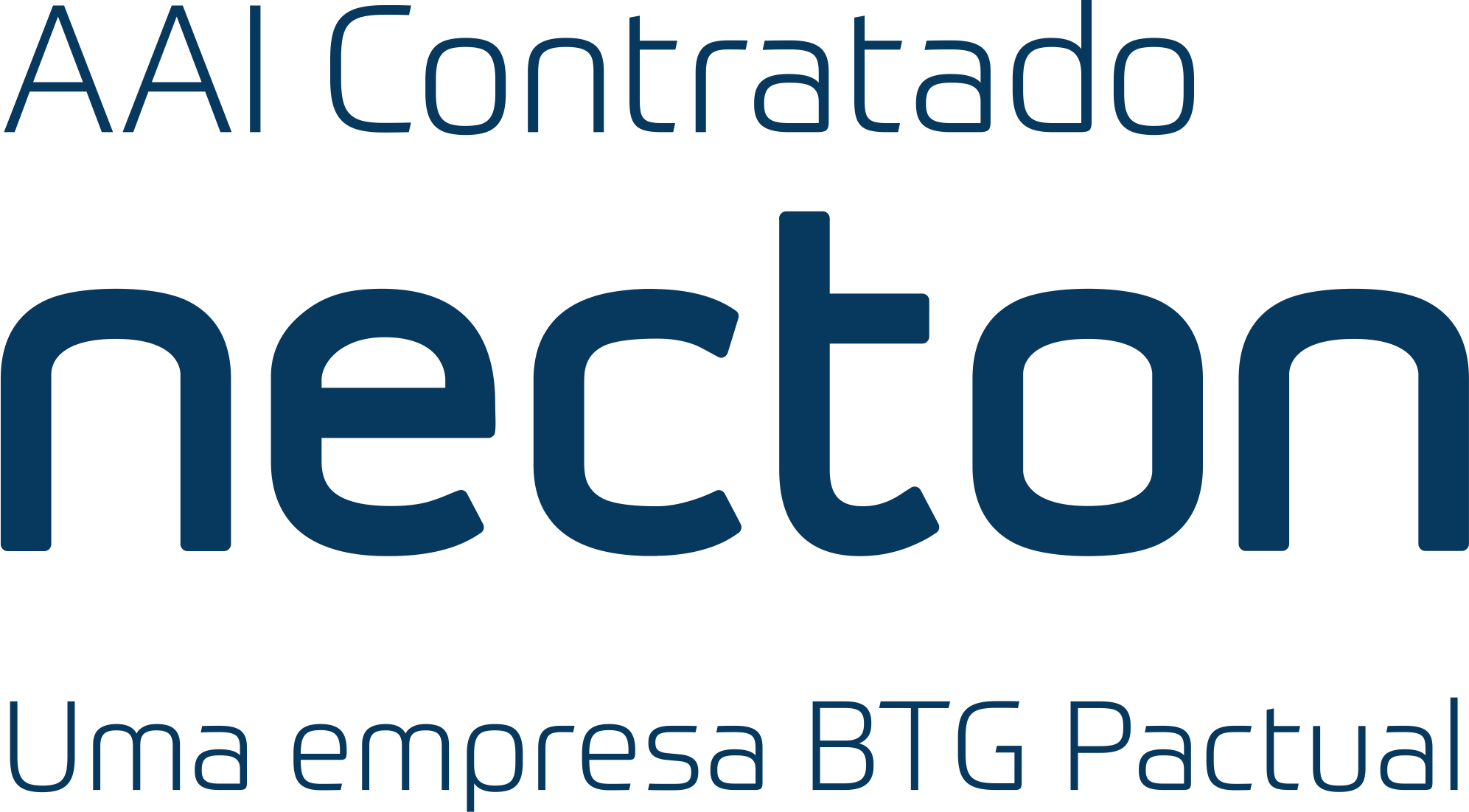You can also use the ratio to make decisions about where to set your price targets or stop-loss orders to create a trade that has the risk/reward potential you desire. In general, it’s better to make trades with low risk/reward ratios because that implies the investments will produce more profits than losses. This means that for every dollar you risk, you have the potential to earn four dollars in profit. A higher risk/reward ratio is generally considered more attractive, as it means you have the potential for greater profits relative to your potential losses. It is important to note that the risk/reward ratio is just one factor to consider when making investment decisions. Other factors, such as market conditions and company-specific risks, should also be taken into account before making an investment.
The risk-reward ratio is most commonly used by stock traders, investors and others in financial services to evaluate financial investments such as stock purchases. They sometimes limit risk by issuing stop-loss orders, which trigger automatic sales of stock or other securities when they hit a specific value. Without such a mechanism in place, risk is potentially unlimited, which renders the risk-reward ratio incalculable. A stop-loss (SL) level is the price of an asset that is set below the current price at which the position is closed in order to limit an investor’s loss on a particular investment. A take-profit (TP) level, on the other hand, is a predetermined price at which traders end a profitable position after they are satisfied with the amount. These ratios usually are used to make market buy or sell decisions quickly.
- Analysts may favour forward-looking projections rather than expecting past data to correctly predict future performance.
- Reward is the positive outcome of your position, for example a high dividend payment.
- A normal stop will close your position automatically when the market reaches a level that is less favourable to you.
- The risk/reward ratio is calculated by dividing the potential reward of an investment by its potential risk.
- In general, it’s better to make trades with low risk/reward ratios because that implies the investments will produce more profits than losses.
A risk-to-reward ratio can be a crucial component of your trading strategy and help you avoid taking unnecessary financial risks. Ideally, the trader identifies trading opportunities where the price does not have to travel through major support and resistance barriers in order to reach the target level. The more price “obstacles” are in the way from the entry to the potential target, the higher the chances that the price will bounce along the way and not reach the final target. You can manage risk by using a variety of tools available on our platform.
How Does Risk/Reward Ratio Work?
Risk to reward ratio not only helps you in containing losses and booking gains but also helps you keep your emotions in check. A human brain can be swayed easily when the market moves in a different direction. The RR ratio bdswiss forex broker review helps you to stay disciplined with your trading and investing journey, limits your losses, and helps you avoid short-term market noise. Once your risk-to-reward ratio is determined, it’s time to put it into practice.
How to trade with the trend and improve your winning rate
The Risk-to-Reward ratio is used to weigh a trade’s potential profit (reward) against its potential loss (risk). The R/R ratio is used by stock traders and investors to determine the price at which they will exit a trade, regardless of whether it generates a profit or a loss. A stop-loss order is typically used to exit a position if it begins to move in the opposite direction that the trader anticipated. Understanding and implementing a favorable risk-reward ratio is a critical component of successful trading. By mathematically assessing potential profits and losses, traders can make informed decisions, manage risk effectively, and strive for optimal returns. However, it is essential to remember that trading involves inherent risks, and risk-reward ratios alone cannot guarantee profitability.
Instead, you must combine your risk-reward ratio with your winning rate to know whether you’ll make money in the long run (otherwise known as your expectancy). In a similar way, many traders will look for trade setups where they stand to gain much more than they stand to lose. This is what’s called an asymmetric opportunity (the potential upside is greater than the potential downside). It’s worth noting that these generally shouldn’t be based on arbitrary percentage numbers. You should determine the profit target and stop-loss based on your analysis of the markets.
In short, it helps an investor decide whether the trade is worth taking or not. Well, that being said, risk, to be precise, risk-reward ratio, is the subject we are going to talk about in today’s article. However, this is not uncommon for individuals investing in the stock market. The risk-reward ratio is the prerequisite of any trading/investing strategy as it helps in limiting the inherent risks of your investments. Both factors make it harder for inexperienced traders to realize good trades. When trading with us, you can set stop-loss and limit orders to automatically close your positions at market levels you choose.
Reward-to-Risk Ratio
For example, given two equal rates of return, you’d opt for the investment with a lower level of risk. Every undertaking in the market that involves any return demands a certain amount of risk. Avoid emotional decisions because they can change your preset financial goal and lure you into making inconsistent bets. It’s always necessary to have a risk-to-reward ratio to take calculative risk. You must combine your risk reward ratio with your winning rate to quantify your edge.
I personally dislike “textbook” theories and concepts which have been over-used such that
they become cliches but do not work well in real life. A level is more significant if there is a strong price rejection. When you enter a trade, you want to have little “obstacles” so the price can move smoothly from point A to point B. You don’t want to be a cheapskate and set a tight stop loss… hoping you can get away with it. It’s a no-brainer that trading with the trend will increase the odds of your trade working out.
Similarly, if the ratio is less than 1, the rewards outweigh the risks. This will help you gauge your capital requirements and preserve the same for your trading or investments. You can make decisions regarding how much capital you can lose and how much you can compound from this ratio. This could also explain why so many new traders are struggling with their trading performance. To manage your risk, you have to take certain steps before opening a position – this includes the use of risk management tools, which we’ll explain below. Remember, risk management is essential when trading or investing in financial markets.
The key is to stick with your determined ratio, factoring in various variables and compounding your capital. On the other hand, a closer stop loss means that it will be easier for the price to hit the stop loss. Even small price movements and low volatility levels can be enough to kick out traders from their trades when they utilize a closer stop loss order.
What Is the Risk/Reward Ratio and How to Use It
A risk/reward ratio below 1 indicates an investment with greater possible reward than risk. Conversely, ratios greater than 1 indicate investments with more risk than potential reward. For example, an investor who makes https://forex-review.net/ 10 trades, five of which turn a profit and five of which lose money, will have a win/loss ratio of 50%. A risk/reward ratio that is less than 1 indicates an investment with greater potential reward than risk.
Ideally, investors aim to maximize their reward while minimizing their risk. However, there is no such thing as a risk-free investment, and there is always the possibility of losing money. The risk/reward ratio is often used as a measure when trading individual stocks. The optimal risk/reward ratio differs widely among various trading strategies.
The risk is the possible downside of the position, while the reward is what you stand to gain. To calculate the risk/reward ratio, start by figuring out both the risk and the reward. Because these are levels that attract the greatest amount of order flows — which can result in favorable risk to reward ratio on your trades.
Why are risk and reward important?
This technique is useful for a healthy or weak trend where the price tends to trade beyond the previous swing high before retracing lower (in an uptrend). Unless you’re an inexperienced stock investor, you would never let that $500 go all the way to zero. You notice that XYZ stock is trading at $25, down from a recent high of $29. For example, Deskera Books can be used to track income and expenses related to the trust, while its reporting tools can generate financial statements for the trust. ArXivLabs is a framework that allows collaborators to develop and share new arXiv features directly on our website.
How to calculate the risk/reward ratio
Also, the farther away the target is from the entry, the lower the likelihood that the price will be able to make it all the way. The wider the target, the lower the chances of the price realizing the full winner. Wide targets, therefore, are harder to reach and typically result in a lower potential winrate. Risk is measured using different methods and models, including variance and standard deviation, Value-at-Risk (VaR) and R/R ratio, while beta is preferred for a portfolio of stocks. Bear in mind that these are just tools to help you understand the risk-reward trade-off and by no means a watertight guide. Risk and reward are terms that refer to the probability of incurring a profit (upside) or loss (downside) as a result of a trading or investing decision.


